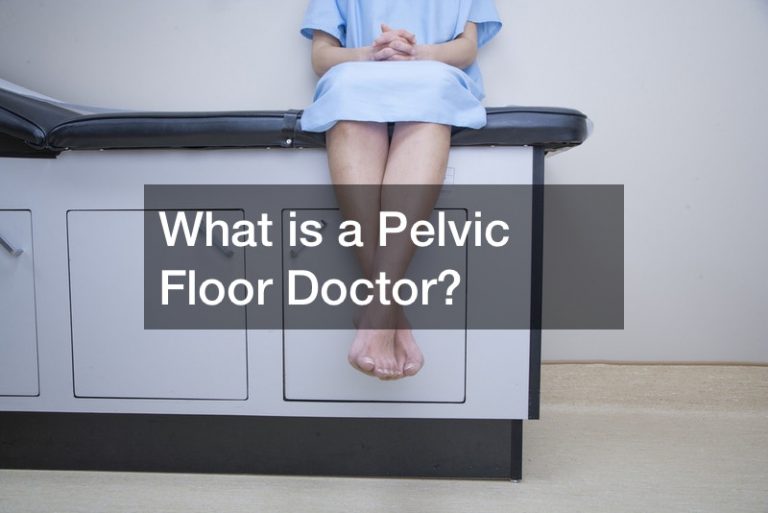
Technology has positively impacted many fields, including the medical industry. It is advisable to embrace technology as it helps reduce burn out effects experienced by physicians. The processes in a clinic are tiring, that statistics have shown that 40% of physicians are usually burned out, with 50% of them being female physicians.
Therefore, all clinics should employ tools that use technology to make work easier and improve the efficiency of any treatment. Here are technology tools that help improve the day to day activities in a hospital.
Electronic Health Record (EHR)
Many patients usually visit a hospital, which means that the number of records taken in a day is enormous. Therefore, keeping these records in a hardcopy is a disservice to the hospital as books get lost or information can be mixed up. EHR keeps information in softcopy, and it can easily be accessed by a physician even when not in the hospital.
Therefore, it provides quality patient care as the physician easily tracks the improvement of a patient. Every improvement or problem that the patient undergoes is updated in his or her EHR. Thus, medical errors are no longer an issue. External data from the lab is also added to the EHR of a patient.
Also, the appropriate support team to provide care to the patient is included in the EHR, and thus it is a guarantee that the patient is in good hands.
Another advantage of EHR is the fact that data can be transferred from one hospital to another. In many cases, patients are transferred to hospitals that offer highly skilled practices. With the help of the information on the EHR, the new doctors will have adequate background information on how to continue with the treatment.
Therefore, EHR has made it easier to keep patients’ records and follow it up. With this technology, clinics no longer face the problem of looking for one file between thousands of them as they can simply search for the patient’s name on their electronic gadget.
Patient Engagement Tools
Patient engagement tools involve phones and computers, whereby patients have the personal email or phone contact of their doctor. The patients send messages or call the provider who will respond immediately to their request. Also, physicians use these tools to remind their patients to take medications.
These tools help physicians to follow up with the treatment of the patients even when they have been discharged. Patients need support during their transition from hospital to home. Patient engagement tools give this support, and it helps reduce the cases of readmissions as the patient’s health is checked on daily through phone calls.
Therefore, this technology provides improved communication between the patient and physician, promotes shared decision making, and drives patients to take accountability for their health. Thus, it has tremendously helped to improve patients’ health.
Medical Check-in Software
Tracking the records of when the patients checked in and how long they were in the hospital using medical check-in software has helped identify bottlenecks, and in turn, solve their root causes. Gone are the days when patients used to walk in the entire hospital with a clipboard taking notes of every point that they visited.
The medical digital check-in software has a location-based intelligence that shows every location that the patient visited. The medical software has a real-time location system that records the period that the patent stayed at every point. By having the patient walk around with a wireless badge infused with the technology, the staff members in the clinic can see the steps undertaken by the patient throughout their care process and the time at each point.
The data collected using medical check-in software is used to solve the challenges encountered in hospitals. For example, if a patient took long in the waiting room, another receptionist can be employed to speed up the process.
Technology such as medical check-in software has helped increase the revenue of hospitals, reduce physicians’ burn out, prevent errors on records, and increase the efficacy of a clinic. Therefore, technology has made it easier to run hospitals. Also, patients’ care has improved as their health is followed up daily.

